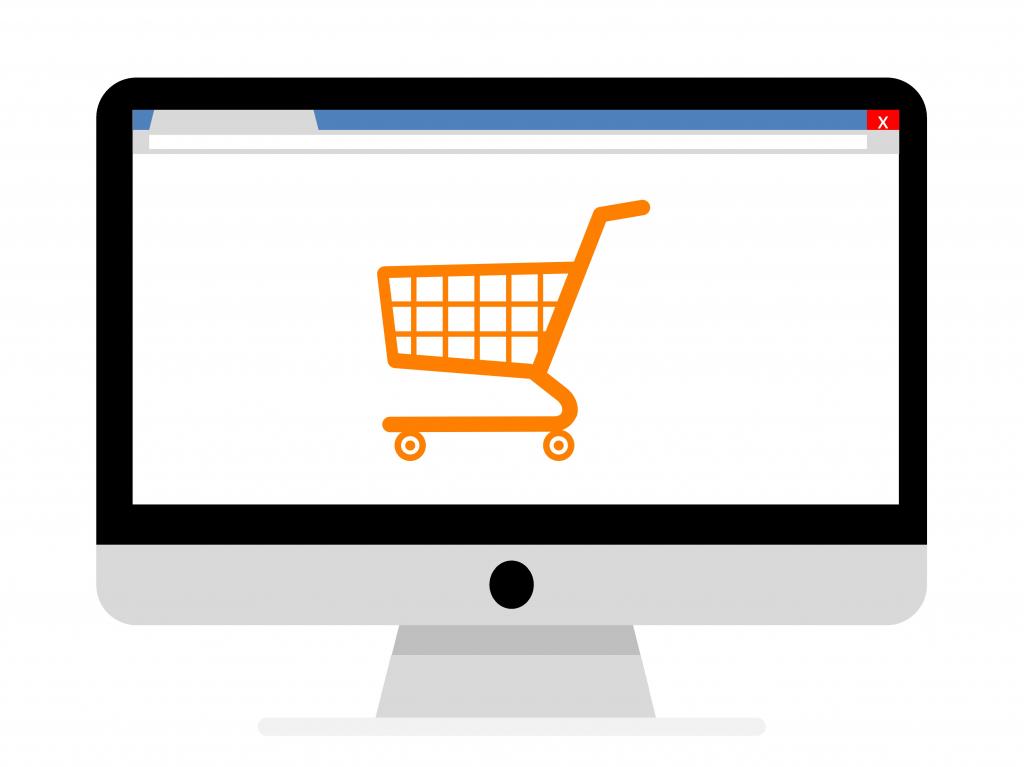There are a lot of virtual merchants and most of them are thriving. Looking at how and how these people earn their living, one involuntarily wants to follow their example, even if the process of organizing and developing a business on the Internet is completely unfamiliar.
Indeed, many have electronic stores, and it would seem that there is nothing difficult in such a business. You just need to make a choice of topics, organize an advertising campaign on social networks and wait for applications from buyers. But it’s not so simple. Each type of business requires its own strategy, and an online store is no exception.

Of course, it is impossible to calculate and predict all the possible difficulties, but it is quite possible to take into account the basic mistakes made by beginning businessmen and not to allow them.
Mistake One: Neglecting Interest Tracking and User Targeting
Everyone has now heard the name Amazon. The e-commerce giant, as if by magic, makes a profit “out of thin air”. In fact, there is no secret or element of luck in the history of this company, its profits are growing due to attention to the interests of users.

Often, novice businessmen neglect this, limiting themselves to mass mailing of information about stocks or about new arrivals to their store. Moreover, the offer to subscribe to the news appears on the user's monitor almost before the page with the list of goods is loaded. Such advertising does not just not work, it is annoying. And emails are often sent to the basket unopened.

Meanwhile, any search engine offers a person goods or services based on his recent requests. In order to configure the same targeted advertising, you do not need to be a programmer at all. As a rule, such functionality is already available in the site template settings.

That is, the mistake of beginning businessmen lies in the fact that they do not use an individual approach, do not take into account the interests of users, but simply impose on them a lot of not very necessary information.
Second mistake: lack of attention to the frequency of refusals from a shopping cart
As a rule, owners of online stores are obsessed with sales volumes, increased profits, traffic indicators and other similar moments, but do not pay due attention to refusal of purchases.

Meanwhile, according to research by specialists at the Baimard Institute, the average level of refusals from purchases is almost 70%. What does this mean? Just that store owners are losing money.

You need to monitor how many people refuse to complete the transaction. If out of every five people, four left without making a purchase, changing their minds, it is necessary to find out the reason for this and eliminate it. Usually people give up their basket when they find it necessary to pay any amount on top of the one indicated on the product page. Also, many leave online stores without shopping due to the slow operation of the site, technical errors, freezing pages and other similar shortcomings.
Mistake Three: A complicated checkout process
Forcing registration, introducing endless passwords from SMS, requiring a phone number and a bank card number are just a few facts that force users to turn off the store page and never return to it again.

Of course, if a store sells rare and rare goods, then the buyer will be steadfast and go through all this “virtual bureaucracy”.But if the assortment is the usual things that thousands of stores sell, then the user will not endure difficulties when placing an order.
Fourth mistake: too much assortment, making choices difficult
It is not paradoxical, but most people are not able to make a choice when they have too many options. A large assortment creates difficulties even in ordinary supermarkets, where the product can be picked up and examined, to say nothing of a virtual storefront, in which the user sees only photographs and at the same time reads the phrase that “the image may differ” from what it will receive.

But too few offers also do not stimulate the interest of buyers. To understand how many products of the same type you need to offer, you can only monitor the effectiveness of sales and try the site yourself, as a user. As a rule, an offer from 6 to 24 different types of goods of the same type is ideal.
Fifth mistake: neglecting the “symbolism of trust”
People will not leave their personal data and bank card number on a site that did not inspire confidence in them. Owners of online stores often neglect the display of contact information, the placement of symbols of various certificates and other attributes that arouse the trust of users.

Many post this kind of information somewhere at the bottom of the pages, in one "big dump", entitled "Advanced", "Contacts", "About Us" and others. The logic of this placement is simple - whoever wants to, will find. But contact information and various “icons” of certificates are what inspire customer confidence. He should not look for them when problems arise. On the contrary, the user should see this information, and in this case he will not have any questions.
